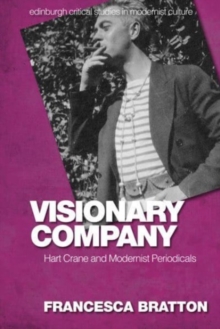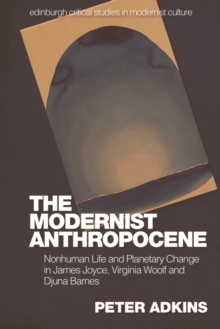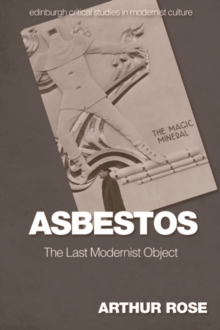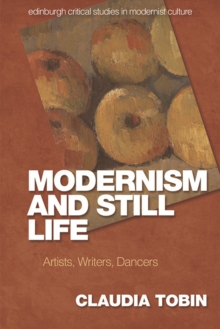
Modernist War Poetry : Combat Gnosticism and the Sympathetic Imagination, 1914 19 Hardback
by Jamie Wood
Part of the Edinburgh Critical Studies in Modernist Culture series
Hardback
- Information
Description
Re-reading intra-war modernist poetics through war poetryUniquely foregrounds the concept of 'combat gnosticism' bringing this influential thesis in war writing to bear on modernist studiesBrings together combatant war poetry and the ignored war poems of 'home front' poets into a single genealogical account that also contains a theory of the modernist long poemConsiders the work of a range of canonical modernists within a much broader artistic milieu than is the normRecovers several neglected poems that serve to recalibrate the existing genealogy of intra-war aestheticsDemonstrates the centrality of the problem of imagining otherness within modernist poeticsThis study examines the work of the principle architects of Anglo-American modernist poetics T.S.
Eliot, H.D., Ezra Pound, Gertrude Stein, Edward Thomas and Wallace Stevens and their response to the challenge of combatant war poetries.
It argues that these civilian poets sought to negotiate directly with the combatant's gnosticism, specifically with the combatant's assertion that only those present at a catastrophe could properly represent its horrors.
The modernists rightly identified that gnosticism was a threat to their own representational claims on an increasingly traumatic modernity.
How was the imagination to be salvaged in order that it could still feel into the wounded experience of others?
In response to this challenge, the modernists drafted their own imagined war poems, developing in the process several different and contradictory poetic systems.
Whereas scholarship ordinarily tells the story of intra-war modern poetry as a series of different schools the trench lyric, the home front elegy and the modernist long poem each moving in a different direction, this study brings those traditions back together into one history by treating them as idiosyncratic responses to the same aesthetic problem.
Information
-
In Stock - Less than 10 copies availableFree UK DeliveryEstimated delivery 2-3 working days
- Format:Hardback
- Pages:272 pages, 8 B/W illustrations 8 tables
- Publisher:Edinburgh University Press
- Publication Date:10/01/2023
- Category:
- ISBN:9781474497749
Information
-
In Stock - Less than 10 copies availableFree UK DeliveryEstimated delivery 2-3 working days
- Format:Hardback
- Pages:272 pages, 8 B/W illustrations 8 tables
- Publisher:Edinburgh University Press
- Publication Date:10/01/2023
- Category:
- ISBN:9781474497749



